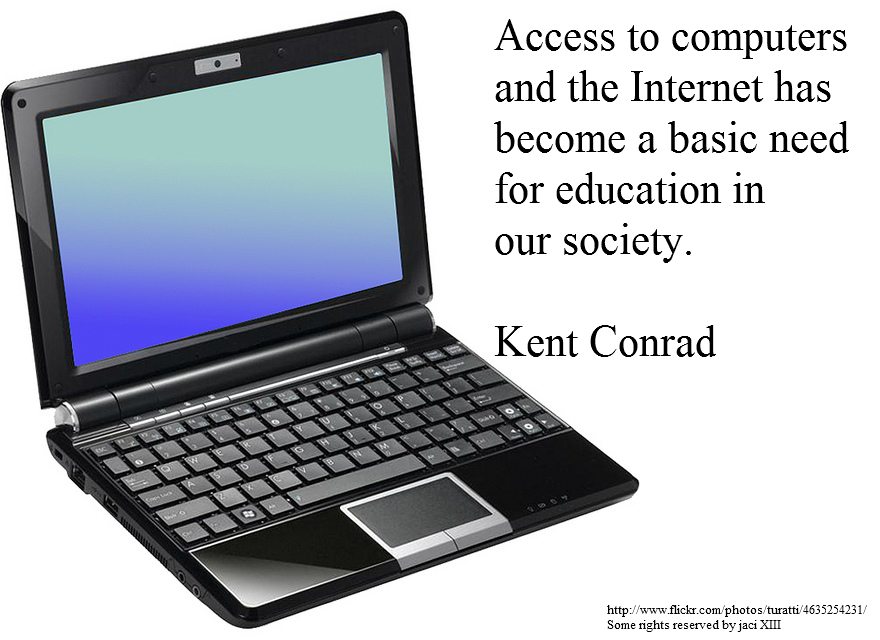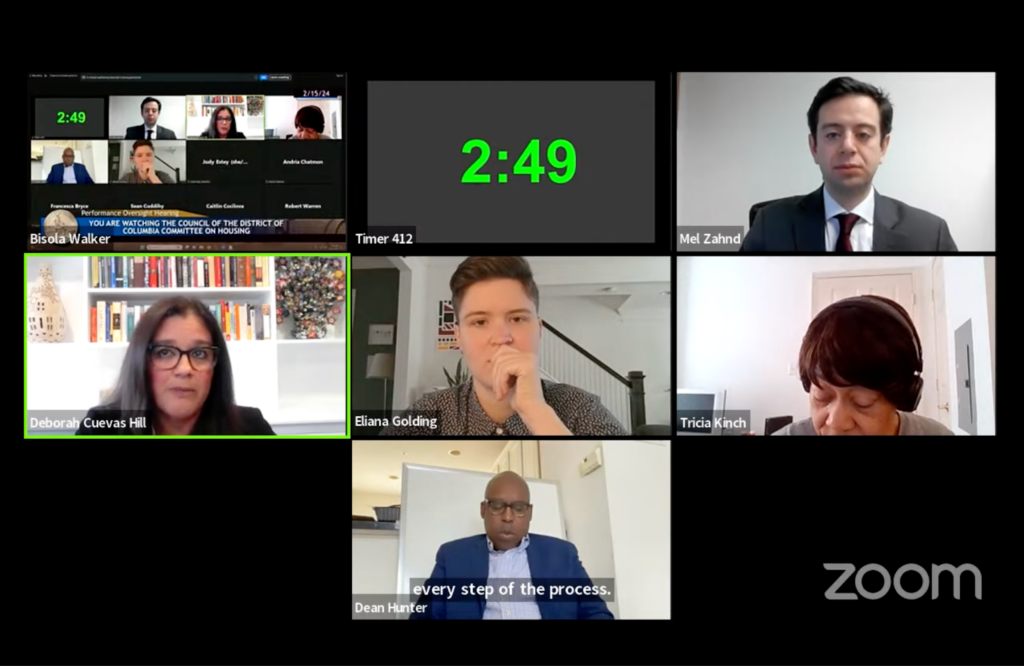The U.S. Department of Housing and Urban Development (HUD) and the Obama Administration partnered to launch the pilot initiative ConnectHome, a program designed to accelerate broadband adoption by families living in HUD assisted housing across the country.
According to the U.S. Census Bureau, one in four households throughout the nation does not have high-speed internet as home.
The U.S. Department of Housing and Urban Development (HUD) and the Obama Administration partnered to launch the pilot initiative ConnectHome, a program designed to accelerate broadband adoption by families living in HUD assisted housing across the country. This initiative is imperative because, “Today, high-speed broadband is not a luxury, it’s a necessity.” said President Obama.
There are four main barriers to independent broadband adoption- cost, skills, relevance, and perception, according to the U.S. Department of Commerce.
The first two barriers, cost and skills, are seen on a national level as many families nationwide can’t afford to buy or maintain a computer, let alone navigate broadband and data packages. On a limited income, technology is often seen as a luxury. In addition, more than 60 million Americans lack the necessary digital literacy skills to fully take advantage of internet resources.
The second two barriers, relevance and perception, lie in preconceived notions. Many families see the internet as an unknown, dangerous threat that compromises their privacy and safety. In addition, familes are already accustomed to getting by without the internet- they don’t see it as a necessity.
However, according to the U.S. Census Bureau, over 90% of college applications are now submitted online, and more than 80% of job openings with Fortune 500 companies are posted on the web.
There are four main barriers to independent broadband adoption- cost, skills, relevance, and perception, according to the U.S. Department of Commerce.
The first two barriers, cost and skills, are seen on a national level as many families nationwide can’t afford to buy or maintain a computer, let alone navigate broadband and data packages. On a limited income, technology is often seen as a luxury. In addition, more than 60 million Americans lack the necessary digital literacy skills to fully take advantage of internet resources.
The second two barriers, relevance and perception, lie in preconceived notions. Many families see the internet as an unknown, dangerous threat that compromises their privacy and safety. In addition, families are already accustomed to getting by without the internet- they don’t see it as a necessity.
However, according to the U.S. Census Bureau, over 90% of college applications are now submitted online, and more than 80% of job openings with Fortune 500 companies are posted on the web.
This divide disproportionately affects those earning less than $25,000 a year, those who did not complete high school, and communities of color.
In order to combat this need, 28 communities were chosen as pilot cities, with D.C. being one of them. The funding is limited, as it is coming from existing HUD resources. If the trial proves effective, the program will expand to other communities.
While the exact specifications of the broadband service supplied to participants varies depending on location and provider, google will provide home internet access for free while other providers, like Sprint, CenturyLink, and Cox, will provide access for a discounted rate of $10 per month.








